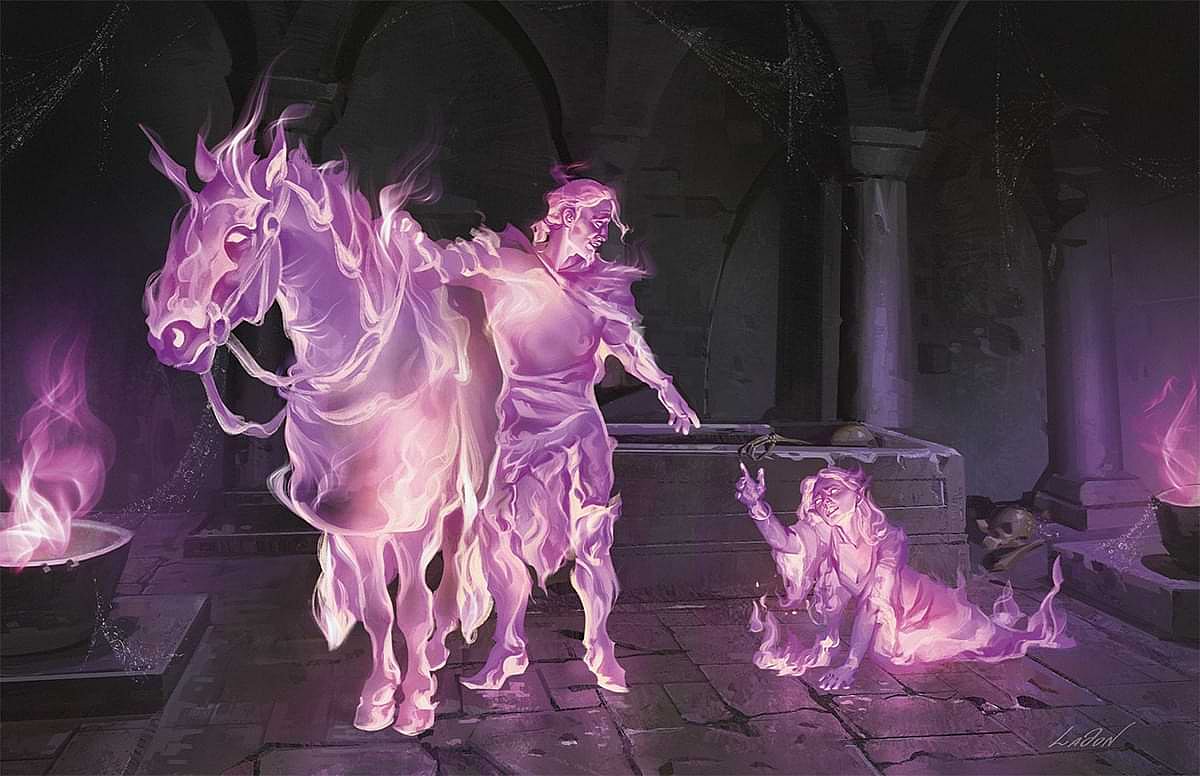Original ‘Dungeons & Dragons’ Dev Blasts Wizards Of The Coast After New Book Portrays Game’s Creators As Massive Bigots: “These People Are The Epitome Of Evil Robber Barons Parading As The Good Guys”

The latest attempt by Wizards of the Coast to disavow the factual history of Dungeons & Dragons has drawn an absolutely fiery rebuttal from one of the game’s original developers.
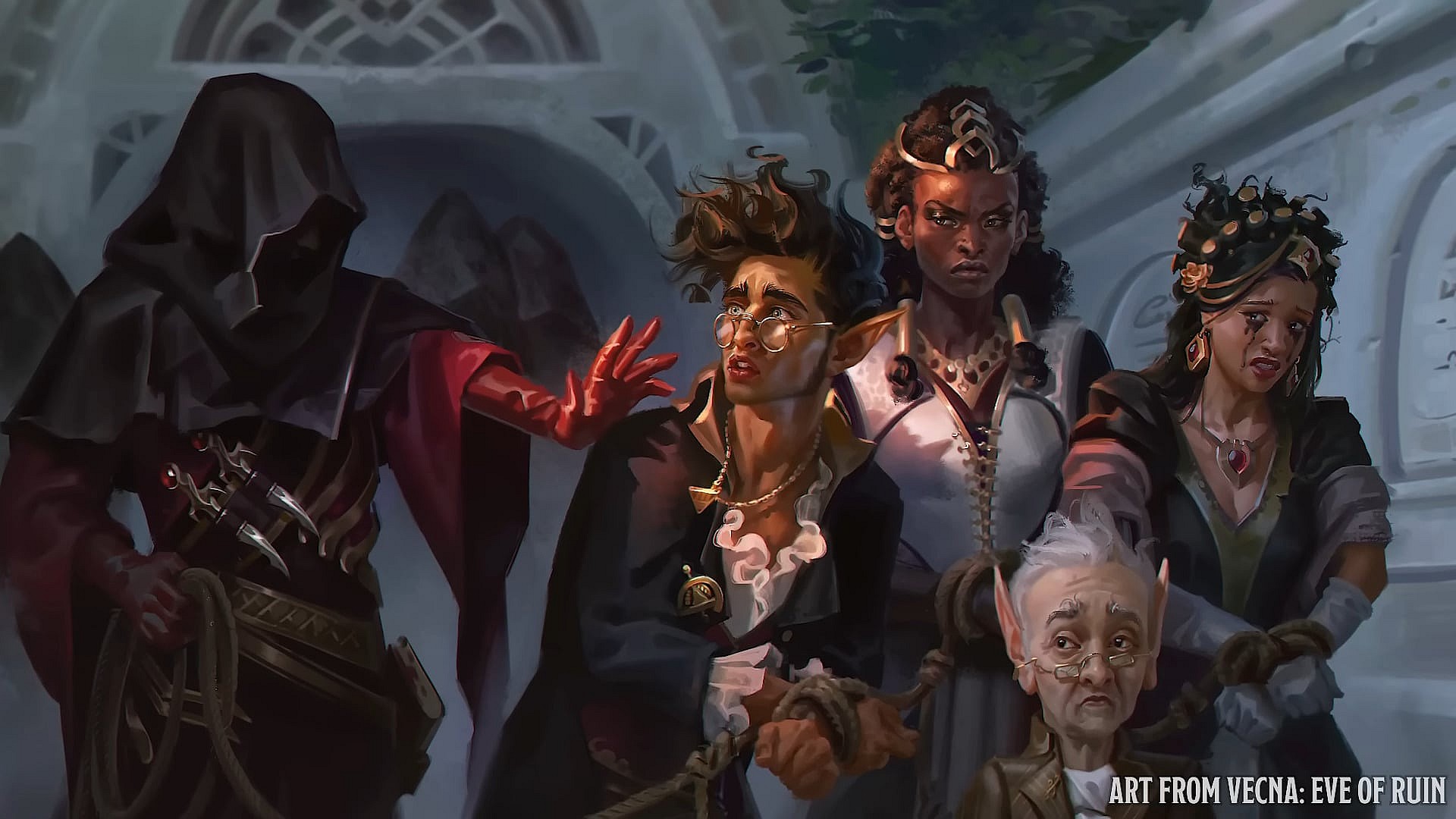
The revisionist attempt in question can be found in the preface to the game’s recently published history book, Dungeons & Dragons – the Making of Original D&D: 1970-1977.
Therein, amidst teases of the book’s contents, current WotC designer Jason Tondro took seemingly every opportunity he could to apologize for the fact that the original version of the game was not sufficiently progressive by modern standards, in doing so suggesting that its creators were inherently bigoted themselves.

In one instance, Tondro writes, “Note that the ‘Rules for Fantastic Medieval War-Games Campaigns’ that make up original D&D were created by and sold to a wargaming community that was almost exclusively white, middle-class men.”
“The rules compiled here offer little by way of roles for other players, nor indeed for anyone who wouldn’t easily identify with a pulp sword-and-sorcery hero,” said the designer. “Especially before 1974, the rules made light of slavery, in addition to including other harmful content.”

Later on in the preface, Tondro likewise warns readers, “Some language in the first iteration of D&D presents a moral quandary. The documents reproduced in this book include many pages of charts and tables alongside lists of monsters, spells, and magic items. But that game content also includes a virtual catalog of insensitive and derogatory language, words that are casually hurtful to anyone with a physical or mental disability, or who happen to be old, fat, not conventionally attractive, indigenous, Black, or a woman.”
“Some people have charitably ascribed this language to authors working from bad assumptions,” he continues. “In the 1970s, historical wargamers in America were predominantly white, middle-class men; it isn’t surprising that they would dub a class of soldiers the ‘fighting-man’. But when, in the pages of [the expansion module] Greyhawk, the description of the Queen of Chatoci Dragons includes a dig at ‘Women’s Lib’, the misogyny is revealed as a conscious choice.”

Further, Tondro asserts, “It’s an unfortunate fact that women seldom appear in original D&D, and when they do, they’re usually portrayed disrespectfully. Slavery appears in original D&D not as a human tragedy that devastated generations over centuries, but as a simple commercial transaction.”
(As an aside, it should be noted that both of Tondro’s claims are absolutely false, as respectively evidenced by the existence of Mystra, a beautiful and powerful deity who made her first canon appearance in a 1981 issue of the game’s official Dragon companion magazine, and the fact that the 1980 module Slave Pits of the Undercity had players fighting against a band of evil slavers.)
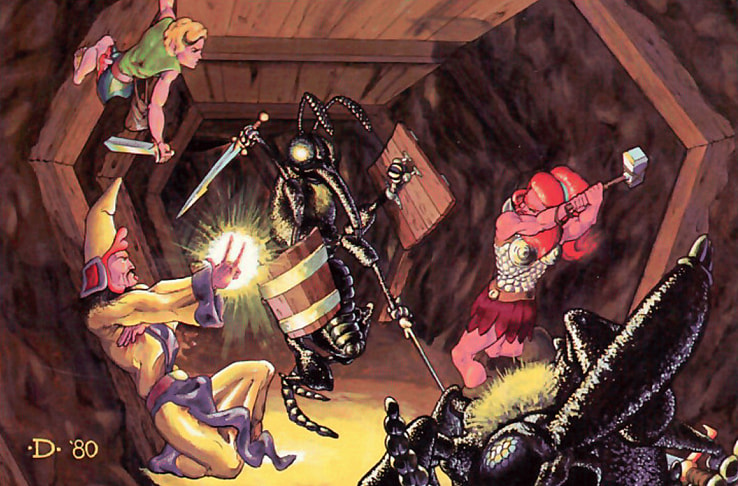
“The cultural appropriation of original D&D ranges from the bewildering (like naming every 6th-level cleric a ‘lama’) to the staggering; [the reference book] Gods, Demigods, and Heroes (not reprinted in this book) includes game statistics for sacred figures revered by more than a billion people around the world,” he then recalls. “Were players expected to fight Vishnu, one of the principal deities of Hinduism, kill him, and loot his ‘Plus 3 sword of demon slaying’?”
Closing out the preface, Tondro ultimately opines, “Despite these shortcomings, D&D has always been a game about people choosing to be someone unlike themselves and collaborating with strangers who become friends. It has slowly become more inclusive, and as the player base has become more diverse, the pool of creators who make the game expanded to include people with a broader range of identities and backgrounds. As these new creators make the game more welcoming, the game has attracted new fans who, in turn, continue to make the game more inclusive. The future of Dungeons & Dragons, here at its fiftieth anniversary, is bright.”

Unhappy with seeing his and his friends’ names dragged through the mud by WotC for the umpteenth time, original Dungeons & Dragons designer Robert J. Kuntz would take to social media to offer a very public push back to WotC’s revisionism.
In a post originally made to the official Twitter account for his Three Line Studio publishing house and later shared to its Facebook page, the co-author of the aforementioned Greyhawk and Gods, Demigods, and Heroes expansions admitted to his followers, “You know, I have to take a break from posting. This whole attack upon OleTSR has really tripped my trigger.”
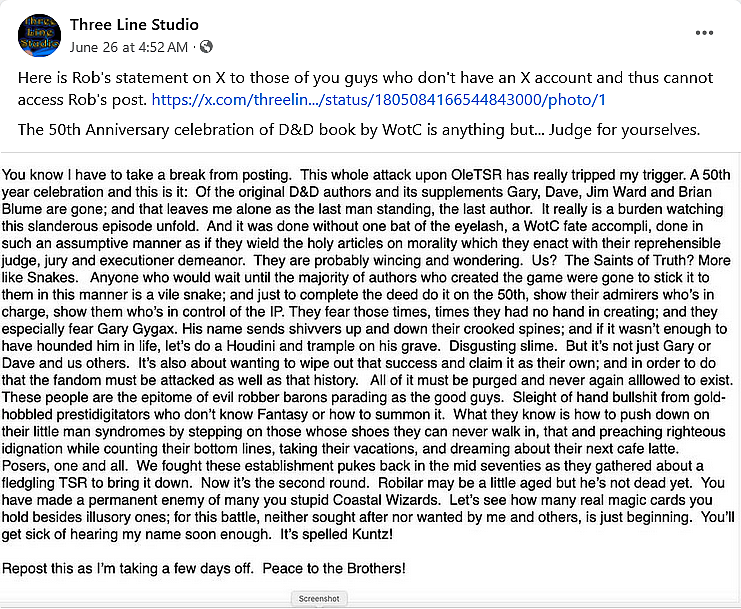
“A 50th year celebration and this is it,” he lamented. “Of the original D&D authors and its supplements, Gary [Gygax], Dave [Arneson], Jim Ward and Brian Blume are gone; and that leaves me alone as the last man standing, the last author. It really is a burden watching this slanderous episode unfold. And it was done without one bat of the eyelash, a WotC fate accompli, done in such an assumptive manner as if they wield the holy articles on morality which they enact with their reprehensible judge, jury and executioner demeanor.”
“They are probably wincing and wonder,” continued Kuntz. “‘Us? The Saints of Truth?’ More like Snakes. Anyone who would wait until the majority of authors who created the game were gone to stick it to them in this manner is a vile snake; and just to complete the deed do it on the 50th, show their admirers who’s in charge, show them who’s in control of the IP. They fear those times, times they had no hand in creating; and they especially fear Gary Gygax. His name sends shivers up and down their crooked spines. And if it wasn’t enough to have hounded him in life, let’s do a Houdini and tample on his grave. Disgusting slime.”
“But it’s not just Gary or Dave and us others,” he added. “It’s also about wanting to wipe out that success and claim it as their own; and in order to do that the fandom must be attacked as well as that history. All of it must be purged and never again allowed to exist.”
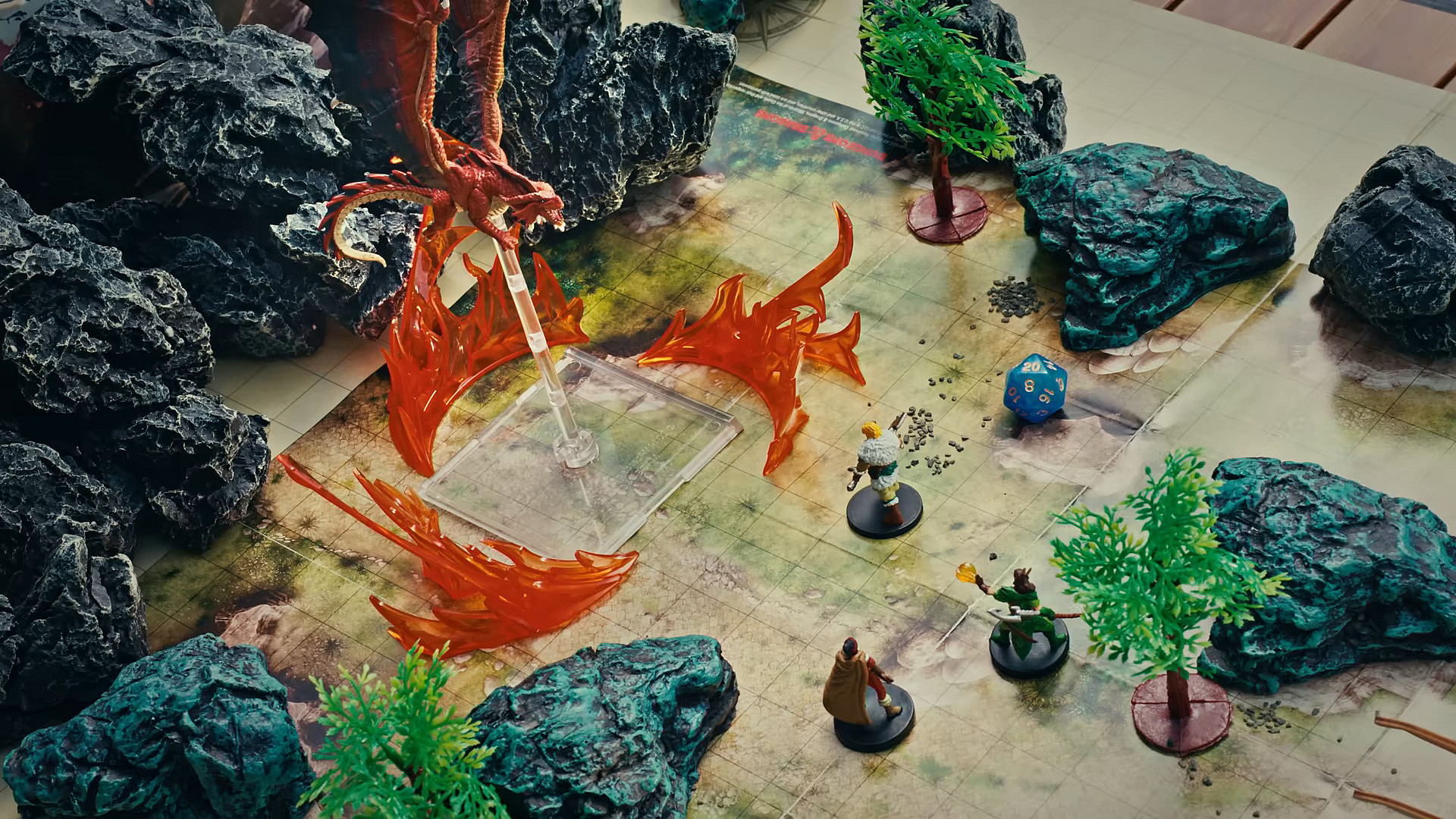
His frustrations now unleashed, Kuntz then declared, “These people are the epitome of evil robber barons parading as the good guys.”
“Sleight of hand bulls–t from gold-hobbled prestidigitatiors who don’t know Fantasy or how to summon it,” he further railed. “What they know is how to push down on their little man syndromes by stepping on those who shoes they can never walk in, that and preaching righteous indignation while counting their bottom lines, taking their vacations, and dreaming about their next cafe latte. Posers, one and all.”

“We fought these establishment pukes back in the mid-seventies as they gathered about a fledgling TSR to bring it down,” recalled Kuntz before rallying, “Now it’s the second round. Robilar [Kuntz’s very first D&D character, a human male warrior created during the second-ever test session for the game’s prototype] may be a little aged, but he’s not dead yet. You have made a permanent enemy of many you stupid Coastal Wizards. Let’s see how many real magic cards you hold besides illusory ones; for this battle, neither sought after nor wanted by me and the others, is just beginning.”
Drawing his thoughts to a close, the D&D alumni ultimately roared, “You’ll get sick of hearing my name soon enough. It’s spelled Kuntz! Repost this as I’m taking a few days off. Peace to the brothers!”
